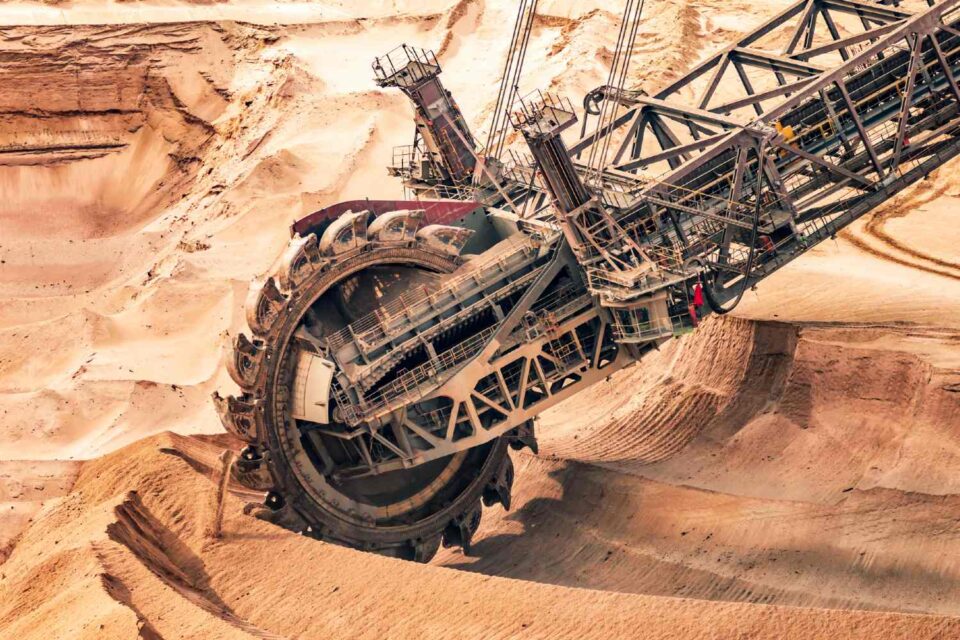A unique opportunity has emerged for Africa to leverage its mineral wealth and capitalize on increased demand for critical minerals, in the wake of the global energy transition. The continent is home to over 30% of the world’s mineral reserves, boasting substantial reserves of lithium, copper, cobalt, bauxite, chromium, manganese, platinum group metals and uranium, among others, which are essential for the development of green energy technologies such as electric vehicles, solar and wind installations and batteries.
Driving Local Mineral Value Chains
Localized mining value chains in Africa have the potential to stimulate long-term growth, economic diversification and local and regional development through value-added processing and manufacturing. According to the World Bank, critical mineral production must increase by 500% by 2050 to achieve nationally-set, net-zero targets, thus positioning Africa as a strategic global production hub to meet rising demand.
Several policies have been implemented to support the establishment of domestic mineral value chains in Africa. In December 2022, Zimbabwe’s government implemented a national ban on the export of unprocessed lithium to retain in-country value for its resources. Last June, Namibia’s government implemented a similar ban, seeking to drive sustainable resource monetization from surging demand for lithium and other critical minerals used in clean energy technologies. Two months later, Ghana’s government approved a Green Minerals Policy to ensure that the country benefits from resource extraction while tapping into the multi-billion-dollar lithium industry.
Such policies are poised to transition Africa from its current “pit-to-port” model that channels its resources to international markets for processing, towards a system that incentivizes private sector participation, infrastructure development and in-country refining. Since implementing its ban on unprocessed mineral exports, Zimbabwe has seen two lithium processing facilities reach completion, with the country’s Arcadia Lithium Mine commencing production last April, while upgrades on the dual lithium plant at the Bikita Mine – the country’s largest lithium mine – were completed last July to the tune of $300 million.
Attracting Foreign Interest
The growing importance of critical minerals in the context of the energy transition has resulted in a spike in demand from many countries and regions, including the U.S., the European Union (EU) and China. Last April, ministers of the G7 group of advanced economies committed to a Five-Point Plan for Critical Minerals Security, with Africa garnering significant attention as one of the largest critical minerals suppliers in the world.
Meanwhile, last March, the European Commission implemented the Critical Raw Materials Act, which aims to guarantee the EU’s access to secure, affordable and sustainable supplies of critical minerals. The EU has since engaged in talks with several African nations to ensure a stable supply of raw materials, with the bloc having entered a partnership with the Democratic Republic of theCongo and Zambia last October to develop robust mineral value chains.
Last month, the U.S. Department of Energy announced the mobilization of up to $3.5 billion to boost domestic production of advanced batteries and battery materials, while strengthening ties with African nations rich in critical minerals to help secure supply. With the U.S. Government having approved $150 million in funding for a graphite mining project in Mozambique last September, foreign investment into Africa’s resources is accelerating and set to incentivize local production of green technologies on the continent.
Strengthening Africa’s Comprehensive Market
For Africa to optimize the full value of its critical mineral resources, the continent will need to generate long-term prospects for industrialization, employment and local content development associated with the sector. Investments into Africa’s critical mineral value chain will need to allocate capital towards the manufacturing and assembly, research and development, and product design and engineering of green energy technologies – and not just resource extraction.
As such, the African Development Bank has taken steps towards establishing a comprehensive roadmap for African nations to harness their mineral reserves in a manner that is both sustainable and strategic. The African Green Minerals Development Strategy will serve as a policy guide for how mineral-rich countries throughout the continent can exploit their critical mineral resources for industrialized growth. Four pillars to support the strategy include advancing mineral development through skills and knowledge transfer, developing institutions to promote technological advancements, building key value chains to achieve resource-based industrialization, and promoting environmental, social and governance standards in the continent’s extractives sectors.



